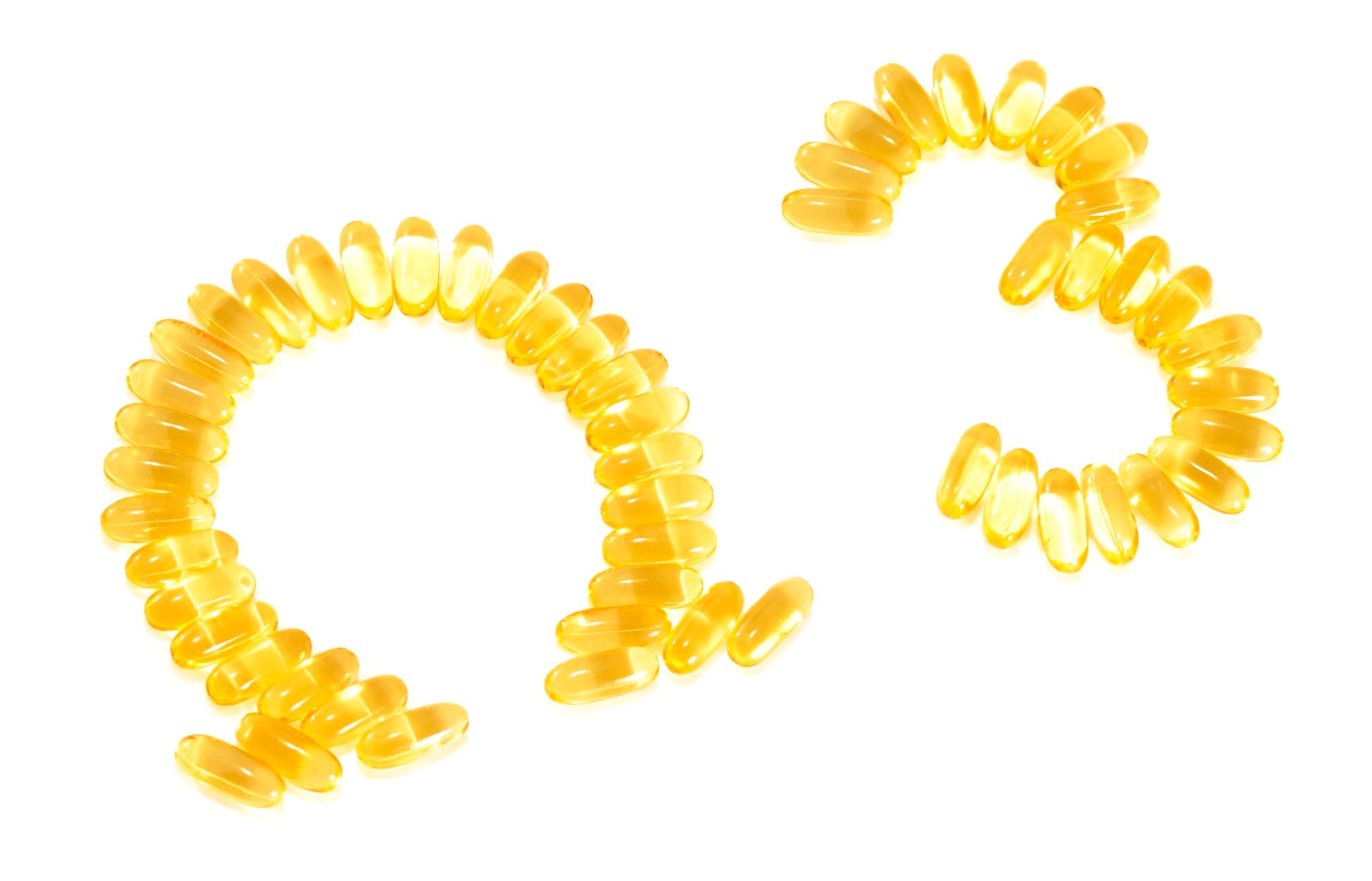Six months of daily omega-3 supplements were associated with a 3.6% increase in muscle volume in the thigh and a 4% increase in muscle strength, according to findings published in the American Journal of Clinical Nutrition.
“In this RCT, we showed that 6 mo of n–3 PUFA therapy had both statistically and clinically significant beneficial effects on thigh muscle volume, handgrip strength, and upper- and lower-body 1-RM muscle strength and tended to increase the average isokinetic leg muscle power. In addition, treatment was well tolerated with only minor adverse effects,” wrote the authors, led by Gordon Smith, PhD.
“These data show that fish oil–derived n–3 PUFA supplementation deserves consideration as a potential therapy to slow, and possibly prevent, the aging-associated decline in physical function.”
Independence!
Commenting on the study’s findings, Harry Rice, PhD, VP of regulatory & scientific affairs for the Global Organization for EPA and DHA Omega-3s (GOED), told us: “Given the loss of muscle mass and function inherent to aging, the results suggest that fish oil supplementation could provide a true clinical benefit - prolonged independence.
“At a time when quality of life tends to decline for many, why wouldn't you do everything within your power to be the best that you can be.
“As if the known cardiovascular benefits associated with increasing intake of EPA and DHA aren't incentive enough to take your fish oil, now there's yet one more reason.”
Study details

Dr Smith and his co-workers recruited 60 healthy older people aged between 60 and 85 to participate in their double-blind, randomized controlled trial (RCT). Participants were randomly assigned to receive either omega-3s (1.86 g per day of EPA and 1.5 grams per day of DHA; Lovaza, GSK) or control (corn oil) for six months.
Results showed that, for the 44 people who completed the study, participants in the omega-3 group experienced increases in thigh muscle volume (3.6%), handgrip strength (2.3 kg), and one-repetition maximum lower- and upper-body strength (4%), compared with the control group.
“Changes in muscle mass and function induced by n–3 PUFA therapy in our subjects were less than those reported with exercise training, but the same or greater than those achieved with testosterone, growth-hormone, or dehydroepiandrosterone therapy in older adults and clearly clinically relevant,” wrote Dr Smith and his co-authors. “The difference in muscle volume between n–3 PUFA and control groups at 6 months was about 3.5%, and the difference in muscle strength was about 6%, suggesting that 6 months of n–3 PUFA therapy can prevent 2 to 3 years of normal age-associated losses in muscle mass (approx. 0.5–1.0%/y) and function (approx. 2–3%/y).”
While the mechanism of action has not been elucidated, the researchers noted that it probably involved alterations in both anabolic and catabolic pathways.
“Additional studies are needed to determine whether long-term n–3 PUFA therapy can sufficiently slow the declines in muscle mass and function that normally occur in older adults to significantly delay or even prevent sarcopenia and a loss of physical independence or cure it in already sarcopenic persons,” they concluded.
Source: American Journal of Clinical Nutrition
Published online ahead of print, doi: 10.3945/ajcn.114.105833
“Fish oil–derived n–3 PUFA therapy increases muscle mass and function in healthy older adults”
Authors: G.I. Smith, S. Julliand, D.N. Reeds, D.R. Sinacore, S. Klein, B. Mittendorfer

